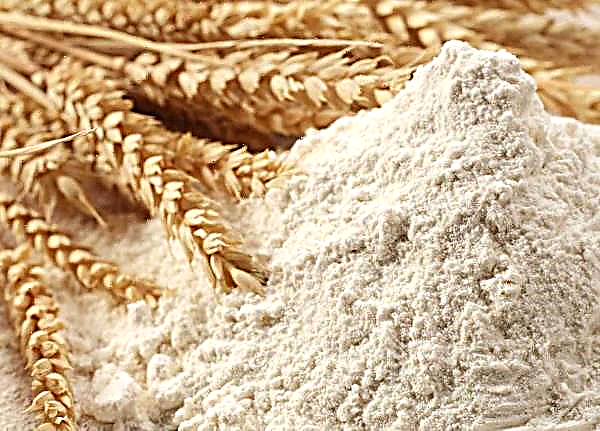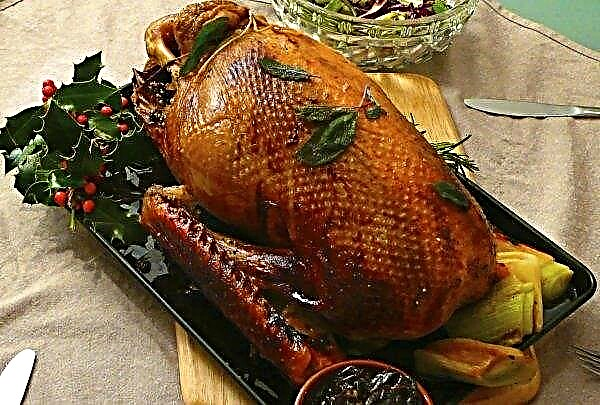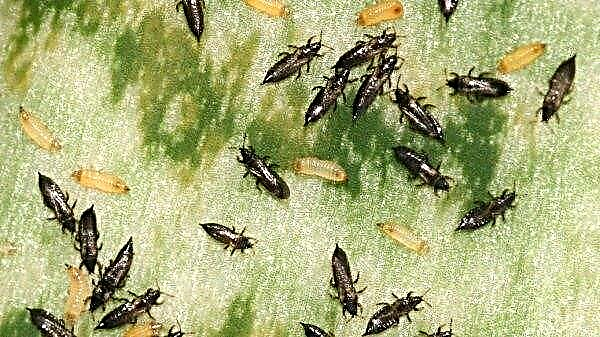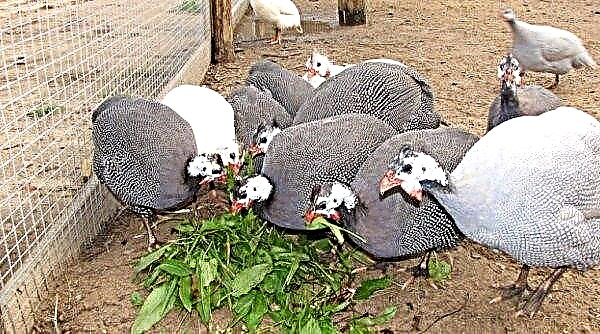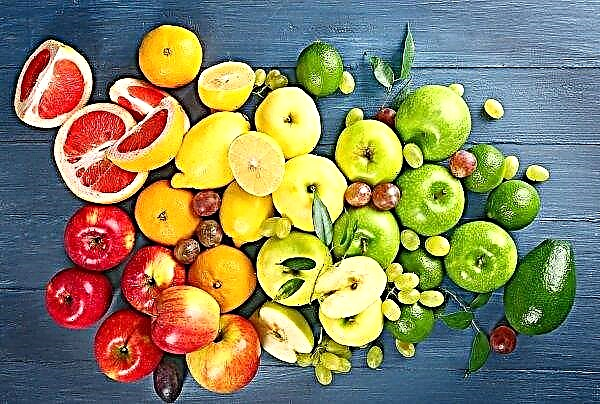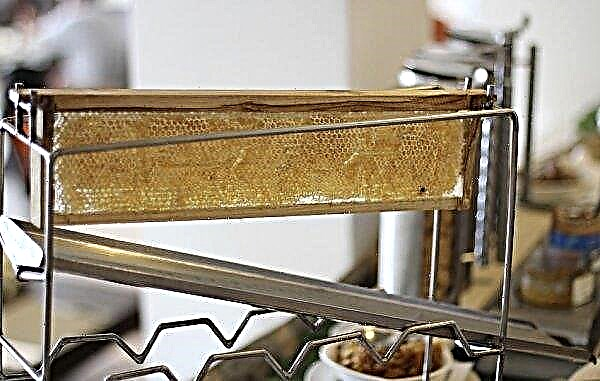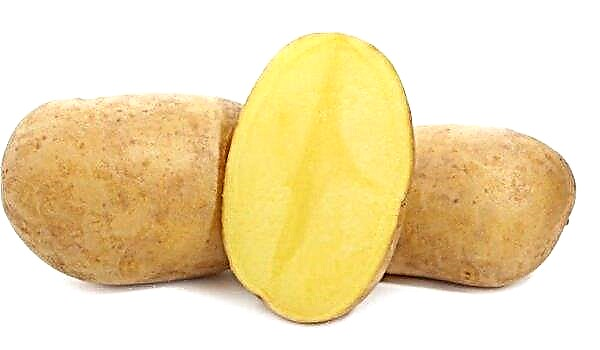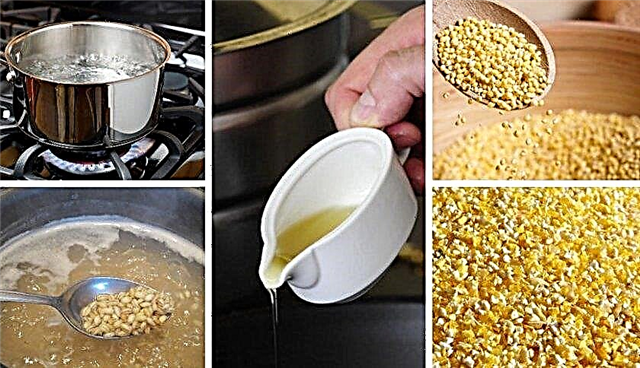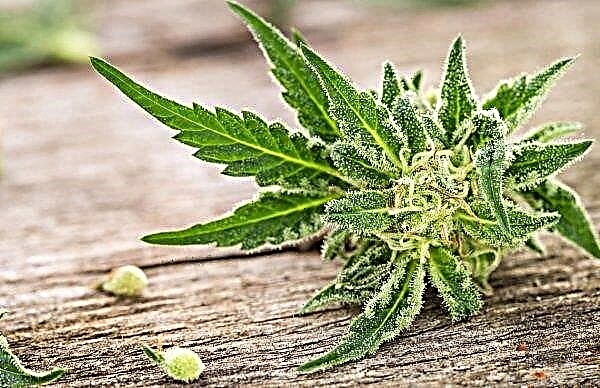Ginger is one of the oldest medicinal plants on the planet. In addition to exquisite taste, it has nutritious and biologically active substances that bring great health benefits. This material will tell about the properties of ginger and its effect on the gallbladder and liver.
Ginger root: chemical composition, healing properties
Ginger (generic name Zingiber officinale) is one of the most wholesome and delicious spices. It was originally grown in China, and is now equally distributed throughout the world. The part that is used as a spice is the rhizome or root.
| Vitamins | Macro and microelements |
| B1 (thiamine) - 0.03 mg | calcium - 16 mg |
| B2 (riboflavin) - 0.034 mg | iron - 0.6 mg |
| B3 (niacin) - 0.75 mg | magnesium - 43 mg |
| B5 (pantothenic acid) | Manganese - 0.229 mg |
| B6 (pyridoxine) - 0.16 mg | phosphorus - 34 mg |
| B9 (folic acid) - 11 mcg | potassium - 415 mg |
| C (ascorbic acid) - 5 mg | sodium - 13 mg |
| E (alpha-tocopherol) - 0.26 mg | zinc - 0.34 mg |
Nutritional, energy value and chemical composition (per 100 g of fresh root) are presented below:
- calorie content - 80 kcal;
- proteins - 1.82 g;
- fats - 0.75 g;
- carbohydrates - 17.77 g;
- mono- and disaccharides - 1.7 g;
- dietary fiber - 2 g;
- water - 79 g;
- ash - 0.77 g.
Active ingredients of ginger:
- volatile oils - camphene, fellandren, zingibern, eucalyptol, citral, borneol and linalool;
- phenolic compounds - gingerol, zingeron, shogaol;
- pitches.

- The list of healing properties of ginger is known throughout the history of the use of this valuable product:
- possesses antibacterial and anti-inflammatory properties;
- increases the speed of metabolic processes;
- reduces blood sugar and thus the risk of heart disease;
- relieves side effects caused by joint inflammation and osteoarthritis;
- reduces muscle pain from training;
- effective against cancer, inhibits the growth of tumor cells;
- treats many forms of nausea, especially morning sickness during pregnancy;
- helps with chronic indigestion;
- lowers cholesterol and supports optimal liver function;
- stimulates blood circulation and increases blood flow, relaxes peripheral blood vessels;
- improves brain function and is able to prevent neurodegenerative diseases (Alzheimer's disease, Parkinson's).
Additional information that is useful in the cooking process:
- 1 tsp = 2.5 g of grated root, which corresponds to a piece of 2.5 × 2.5 cm;
- 1 cup chopped root = 100 g.
Useful or harmful ginger for the hepatobiliary system - the liver, gall bladder and bile ducts (intra- and extrahepatic) - depends on what is wrong with this system. First you need to find out the nature of the problem, undergo an examination and consult a doctor.
Did you know? The characteristic smell of ginger is provided by volatile oils (3% of the total weight), which are used in the manufacture of perfumes and in medicine.
With gallstone disease
Bile is a greenish-yellow liquid that forms in the liver, passes through the ducts and accumulates in the gallbladder. With its help, the body digests fats.
Gallstone (or gallstone) disease is a disease characterized by the formation of stones in the gallbladder or bile ducts. The muscles of these organs must work in a consistent and rhythmic manner, ensuring a constant movement of bile. Decreased muscle tone in the biliary tract leads to stagnation of bile and the accumulation of particles of cholesterol, calcium, bilirubin and other compounds in the form of gall bladder sludge, which leads to the formation of stones.
High cholesterol is also one of the reasons for the formation of gallstones, so it is important to lower the concentration of cholesterol in the blood, which ginger copes with. It helps in the conversion of cholesterol to bile acids, increases the solubility of bile, thereby preventing the formation of stones. Ginger activates an enzyme that increases cholesterol in the body and lowers its level in the blood.
The main causes of gallstones:Important! In most cases, the doctor detects sludge and gallbladder stones during an ultrasound scan.
- imbalance in blood sugar;
- the predominance of estrogen;
- food allergy;
- chronic stress;
- low fiber diet;
- low acidity of the stomach;
- obesity;
- rapid weight loss;
- low calorie diet.
With gallstones
There are two main types of gallstones:
- cholesterol stones - are formed in the presence of high cholesterol in bile and are the main type of gallstones;
- pigment stones - are formed when there is too much bilirubin in the bile, and are more common in people with liver diseases, with infection of the biliary tract, or with blood diseases such as sickle cell anemia.
In large doses, ginger can increase bile production and the intensity of contraction of the bladder and bile ducts.

If stones are present, an increase in contractions increases the risk that the stones will move, become stuck in the duct, and block the flow of bile. This can cause acute pancreatitis (inflammation of the pancreas), cholecystitis (edema and inflammation of the gallbladder) and impaired bile flow.
In such cases, the root should be used with caution and only after consulting a doctor. Doses up to 4 g of fresh root per day are generally considered safe.
Important! Gallstones, which form in the bladder due to excess cholesterol or bile salts, can vary greatly in size - from the size of the grain to the tennis ball, while 80% of patients have no symptoms or go unnoticed.
With stagnation of bile
A condition in which bile cannot chase from the liver to the duodenum is called cholestasis. The problems of thick and sluggish bile have long been treated with folk medicine with bitter herbs, which include ginger, which is an important therapeutic tool for treating disorders of the outflow of bile. Ginger helps to normalize the acidity of the stomach and the activity of bile.
 Ginger teas and adding it to food products will help dilute the bile and improve the process of its outflow by improving the motility of the bile ducts.
Ginger teas and adding it to food products will help dilute the bile and improve the process of its outflow by improving the motility of the bile ducts.
Ginger as a choleretic agent
The root is a choleretic agent. It stimulates the production of bile in the liver, if its secretion is insufficient, and improves the condition of choleretic organs, providing a reduction in the gallbladder, enhancing the synthesis of bile acids and excretion of salts.
For the prevention and treatment of hepatobiliary disorders, it is recommended to follow a special diet, which includes choleretic natural remedies. After a night's sleep, the gall bladder is sluggish, the outflow of secretion is slowed down. A properly organized breakfast with the inclusion of choleretic ginger will help make the bubble contract and thereby improve the outflow.
Tea and Beverage Supplement
Ginger contains phenolic compounds that relieve gastrointestinal irritation, stimulates the production of saliva and bile.
The root shows its beneficial properties both in cold drinks and in warm ones. It can be used in a mixture with other herbs and juices, the ingredients of which further enhance the healing effect.For breakfast, you can brew ginger tea by boiling chopped slices of fresh root for 10-15 minutes, then strain and drink like tea. The addition of mint, green tea or lemon enhances the secretion and liquefaction of bile and enhances the motility of the system. If you want to diversify your taste experience, try adding some cinnamon or cayenne pepper.
When using sweet ingredients, you can add freshly squeezed juice from grated root to apple, carrot or orange juice or sweeten ginger tea with honey.
To sweeten water and tea, try making ginger syrup. It is necessary to mix (1 glass each) chopped root, sugar, water and boil the mixture for 10-20 minutes. Then strain and store in the refrigerator.
If the taste of the drink seems too spicy and unpleasant to drink, then prepare the mixture in a small amount to drink in one sip. Drink 2-3 cups of ginger tea per day half an hour before meals.
Adding Ginger Root to Food
In addition to drinks, You can add ginger to soups and cereals, to meat and fish dishes, vegetables and fruits. When making mayonnaise, the addition of ginger will improve the taste and use this sauce for salads, fish, sandwiches or meat. Ginger is used in pastries - these are gingerbread cookies, ginger snacks, cookies and spiced pies, which are served for breakfast.
Can cook pickled gingerwidely used in Japanese sushi. To do this, first root slices are blanched and then poured with vinegar and sugar marinade. Pickled ginger becomes a beautiful pink tint.
Ginger is good for dressing and pickles. The Asian taste of beef, chicken or pork dishes will be given by grated root marinade, orange juice and sesame oil. A simple and healthy dressing of lime juice, walnut oil, garlic and ginger will significantly improve the taste of salads and stewed vegetables.
Important! Powdered ginger is always stronger and sharper in taste, therefore 1/4 part of dry ground product corresponds to 1 tbsp. fresh grated root.
Ginger Liver Cleaning
Even if a person has no liver disease, exposure to harmful toxins or excessive accumulation of fat can damage organ cells. A healthy liver can usually regenerate new cells to replace damaged ones. However, damage from constant exposure to toxins or fats can impair the ability of the liver to regenerate and cause scarring.
The liver can be damaged by excessive doses of drugs, oxidative stress, blockage of the bile ducts, high cholesterol and blood sugar. Damaged cells impede the proper functioning of the organ.
Ginger has great potential as a means to restore liver cells and reduce the size of tumors. Its effect prevents the absorption of cholesterol in the body and promotes the conversion of cholesterol into bile acids, which help cleanse the liver and gall bladder.
Natural cleansing of the liver consists of the following procedures:
- Get ready to cleanse your liver with ginger by performing a few light exercises, such as walking, jogging, or cycling to stimulate blood circulation.
- Mix freshly squeezed juice of 4 lemons and 2 grapefruits with 300 ml of filtered water. Grapefruit contains powerful antioxidants, vitamins C, A and lycopene, has antiseptic properties and can lower cholesterol.
- Grate a clove of garlic and 5 cm of fresh ginger root and squeeze the juice from the mixture. Ginger contains essential oils and phenols, which give it anti-inflammatory properties and lower cholesterol.
- Add garlic and ginger juice to citrus juices and water, add 2 tbsp. cold pressed linseed oil and 1 teaspoon natural yogurt.
- Mix the mixture with a blender for 30 seconds and then drink. It is better to cleanse in the morning.
- Follow your diet throughout the day and eat healthy, natural foods.
- After cleaning, it is necessary to take capsules or milk thistle oil according to the instructions for three weeks. Flavonoids in milk thistle protect the liver from toxins.
Important! Never start cleaning without first consulting your doctor, since the components may have side effects and reduce the effect of the medications you take.
Contraindications
Although ginger is considered safe in moderate doses, it has several side effects and contraindications, namely:
- peptic ulcer, kidney stones and gall bladder;
- bleeding disorder;
- the root reduces blood sugar and blood pressure, which together with diabetes medications can enhance the effect of medications and cause hypoglycemia;
- excessive consumption can cause irritation of the oral cavity, heartburn and diarrhea;
- increases the risk of bleeding and blood loss, so you should not take the root before surgery and during childbirth;
- do not eat root during pregnancy, breast-feeding, and children under 2 years of age.

It is recommended to consume no more than 4 g of ginger per day, for pregnant women - no more than 1 g. Side effects can occur when taking more than 6 g of root.
Ginger is widely available, and its antioxidant and antitumor active properties can stimulate bile production and protect the liver from toxins. You can take the root as a supplement to drinks and culinary dishes, thereby ensuring the health of the hepatobiliary system.Did you know? India is the leader in world production of ginger (30%). In the country, the root is used in almost all types of gravy (both in vegetarian and meat versions). Outside of cooking, ginger is widely used in Ayurveda - the medical practice of ancient India.



